Stories (original) (raw)
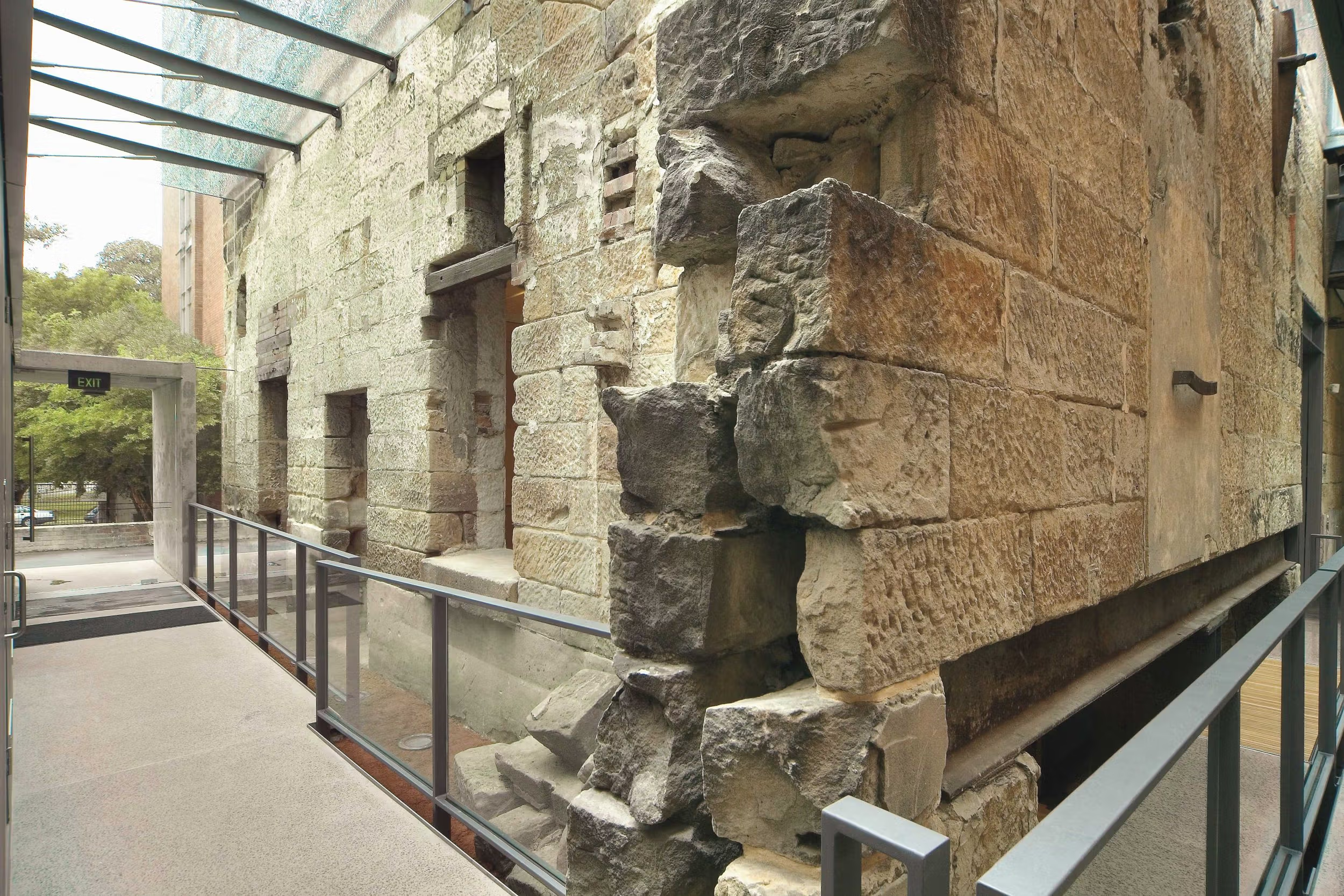
The Mint project: Sydney’s adaptive reuse triumph
Sydney’s urban landscape is a testament to both the city’s rich history and examples of forward-thinking vision. Among the most compelling examples of this fusion of past and future is the revitalisation of the Mint complex

Convict turned constable
A recently donated letter, signed by the governor of NSW in 1832, offers a tangible connection to the story of Samuel Horne, a convict who rose to the rank of district chief constable in the NSW Police

The fountains of Machattie Park, Bathurst
Several of the postcards featured in our current library display depict Machattie Park in Bathurst. Postcard collector Vera Bell lived in Bathurst between 1905 and 1908 while her father, John, acted as the police superintendent

History with flavour
Good food and generous hospitality were part of the rhythms of domestic life at Rouse Hill House. A collection of cookbooks and handwritten recipes accumulated over more than a hundred years remains in the house, and provides a taste of the family’s culinary repertoire through times of boom and bust

First Nations
Do touch
We all know we can’t touch collection objects or artworks displayed in museums. However, the new display Cast in cast out by First Nations artist Dennis Golding at the Museum of Sydney includes a ‘do touch’ element
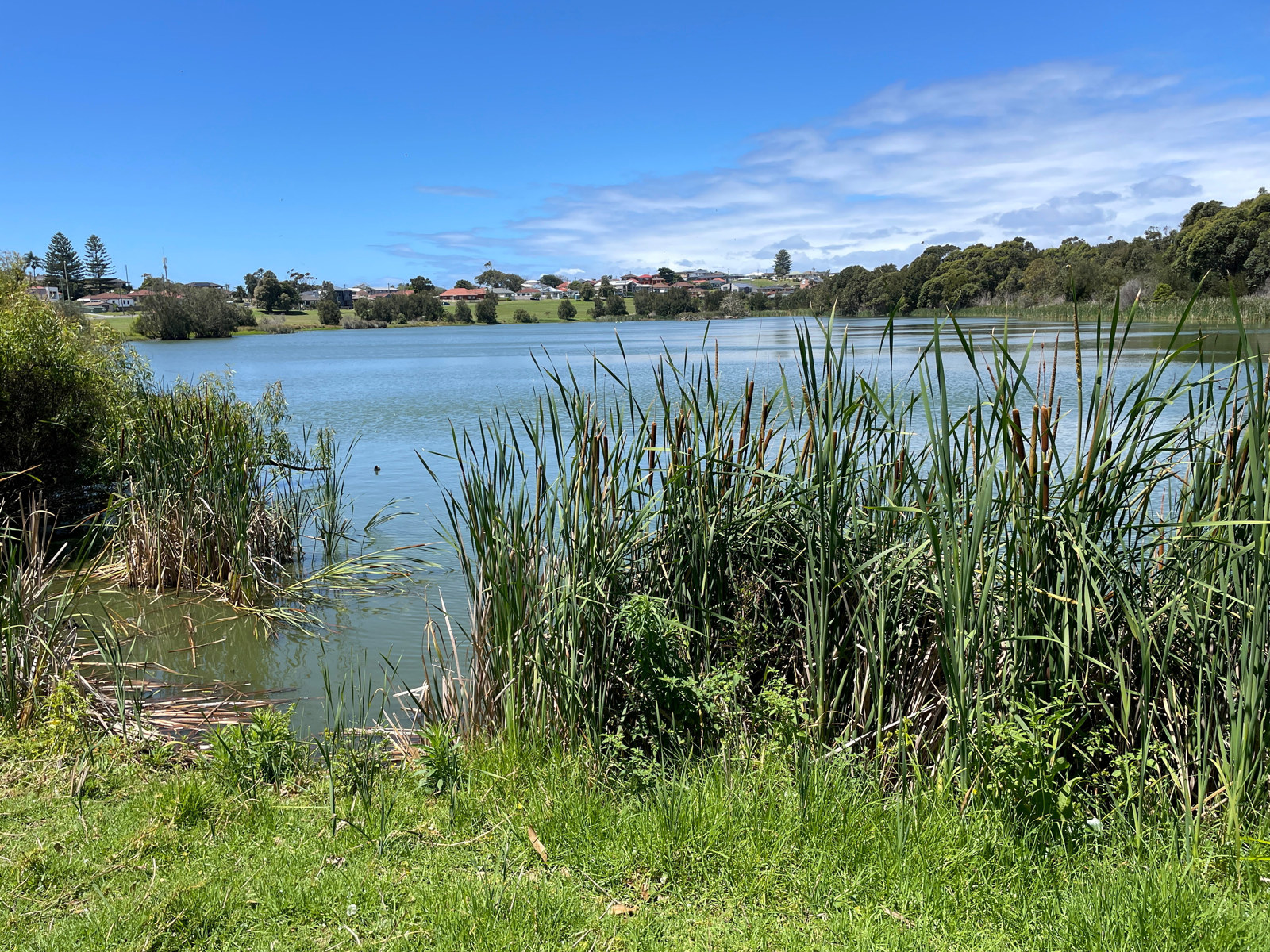
First Nations
Coomaditchie: The Art of Place
The works of the Coomaditchie artists speak of life in and around the settlement of Coomaditchie, its history, ecology and local Dreaming stories
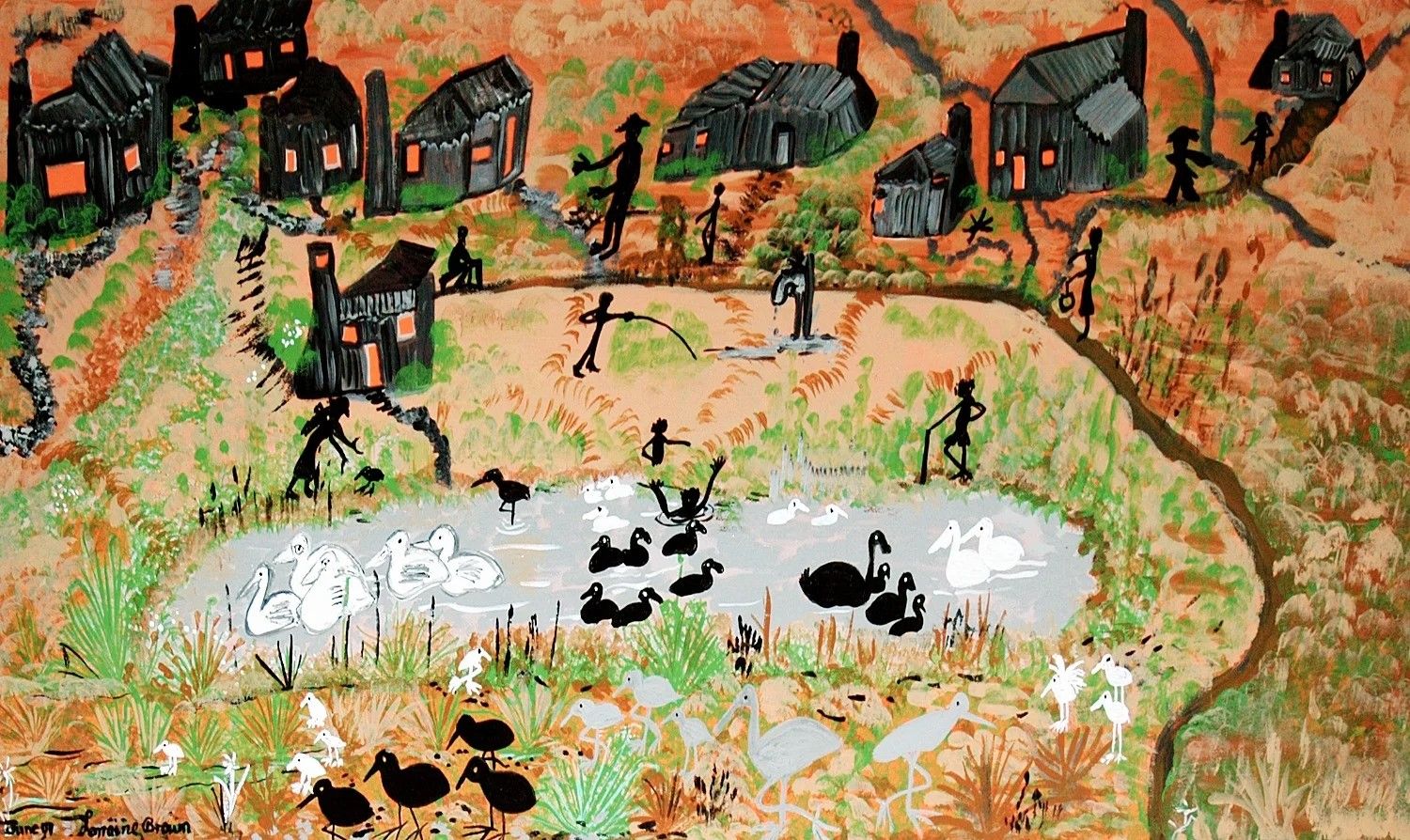
First Nations
Coomaditchie: Of place
These works record the extraordinary arc the artists of Coomaditchie have travelled over more than three decades
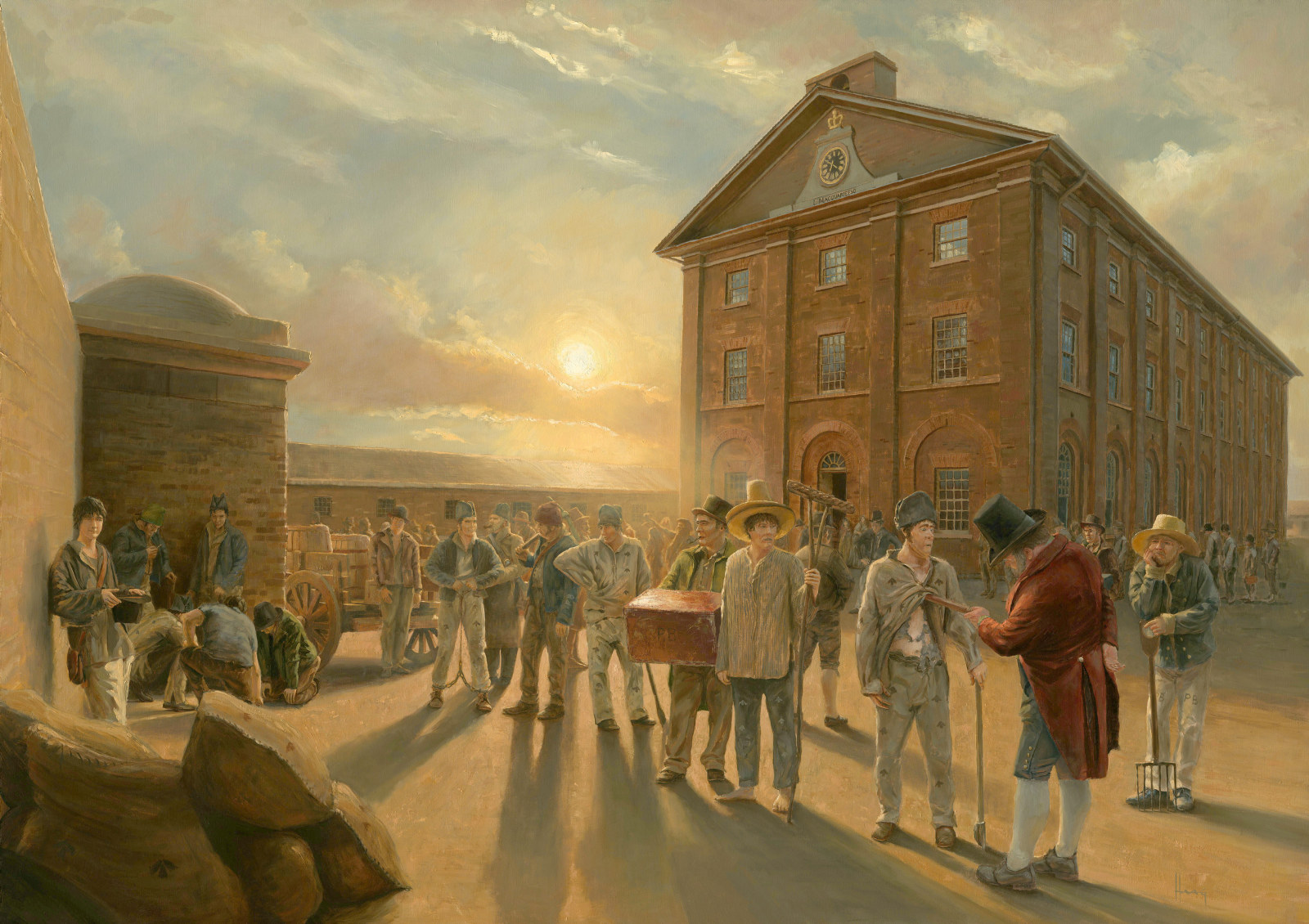
Convict Sydney
Convict Sydney
From a struggling convict encampment to a thriving Pacific seaport, a city takes shape

First Fleet Ships
First Fleet Ships
At the time of the First Fleet’s voyage there were some 12,000 British commercial and naval ships plying the world’s oceans
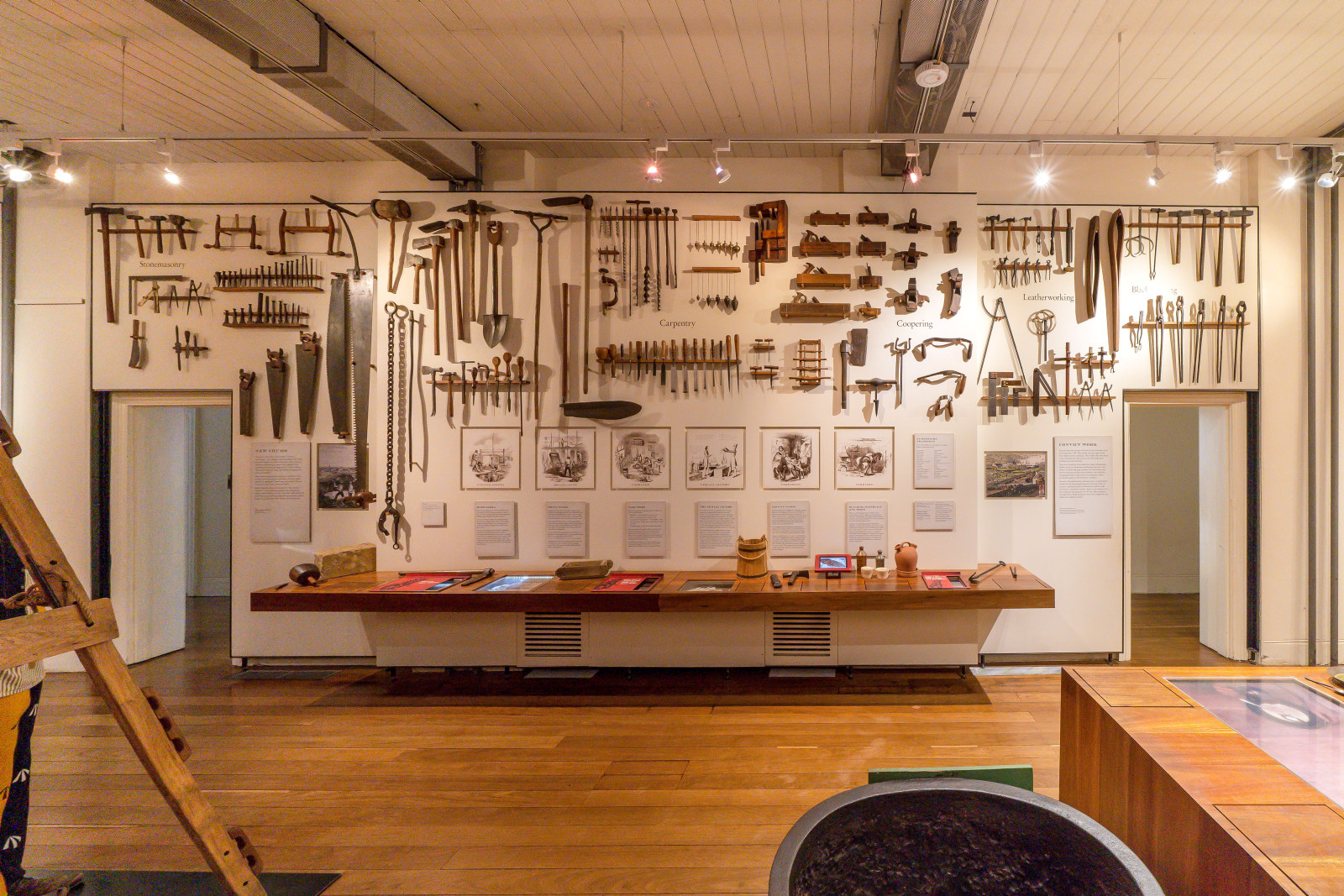
Convict Sydney
Objects
These convict-era objects and archaeological artefacts found at Hyde Park Barracks and The Mint (Rum Hospital) are among the rarest and most personal artefacts to have survived from Australia’s early convict period
Underworld
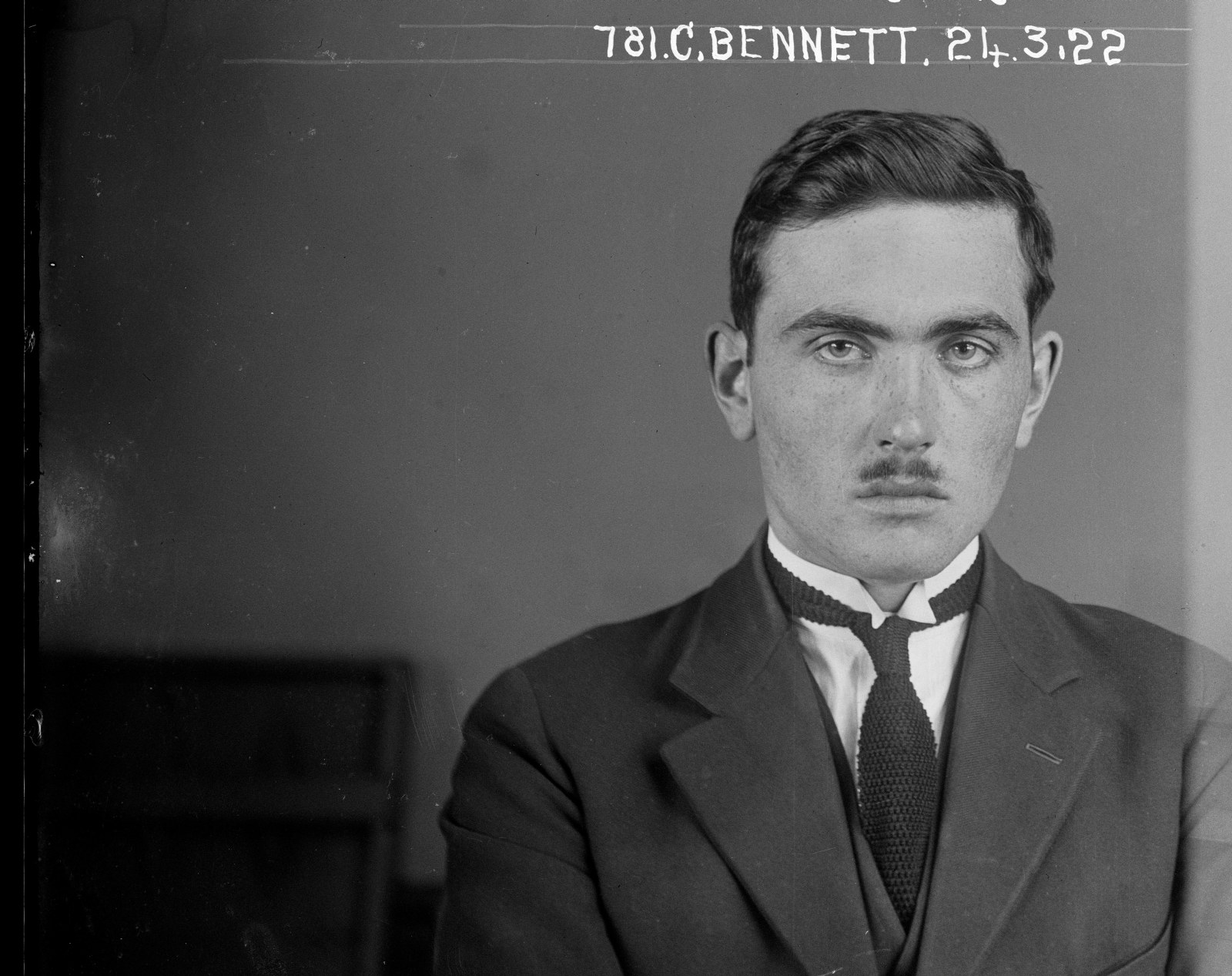
Underworld
Crime
The Roaring Twenties was a golden era for criminals

Underworld Blog
Descend into Sydney’s seedy underworld with our blog. Discover exclusive stories, never-before-seen images, and behind-the-scenes insights
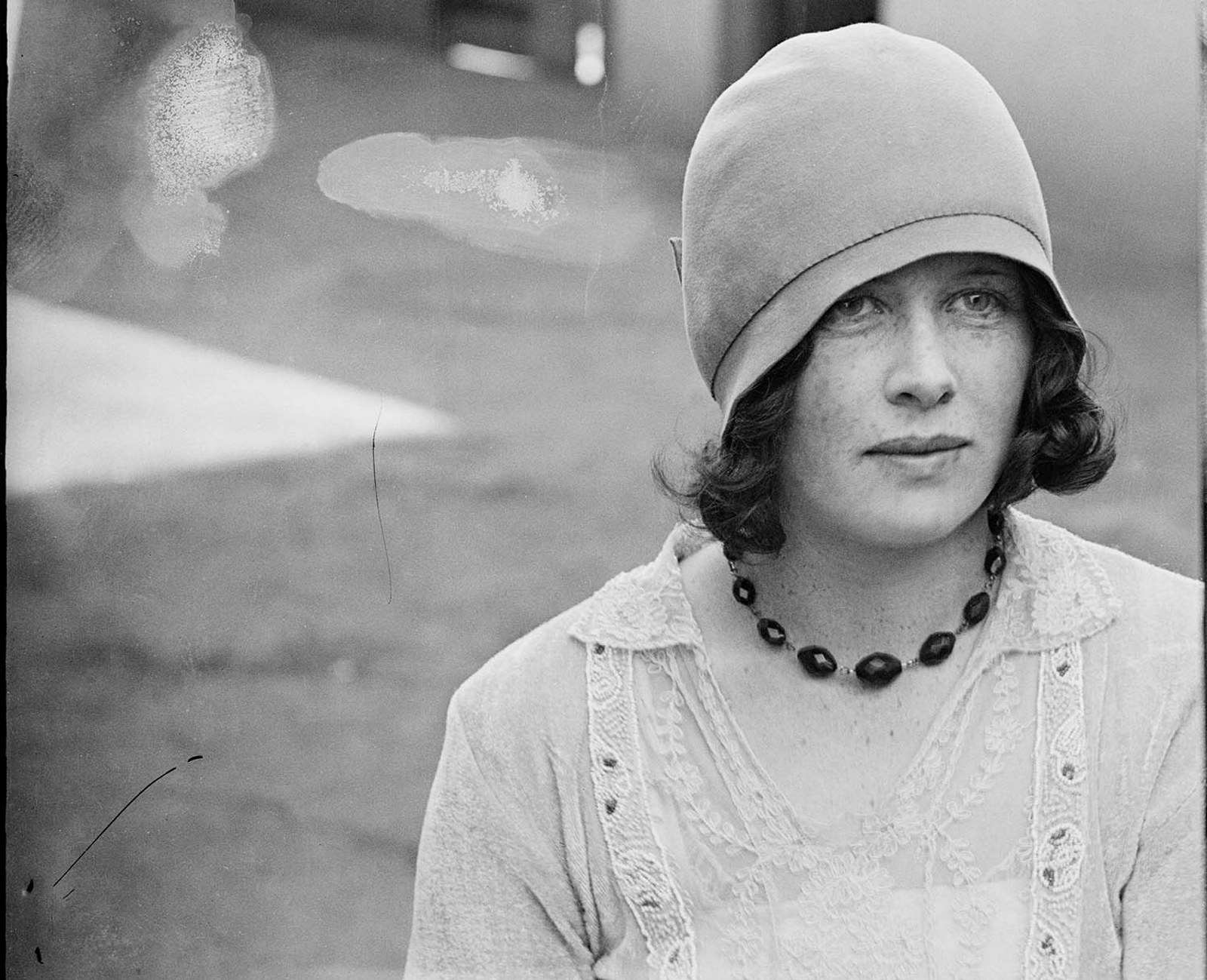
Underworld
The Roaring Twenties
The 1920s heralded the brave new world that emerged from the devastation of World War I
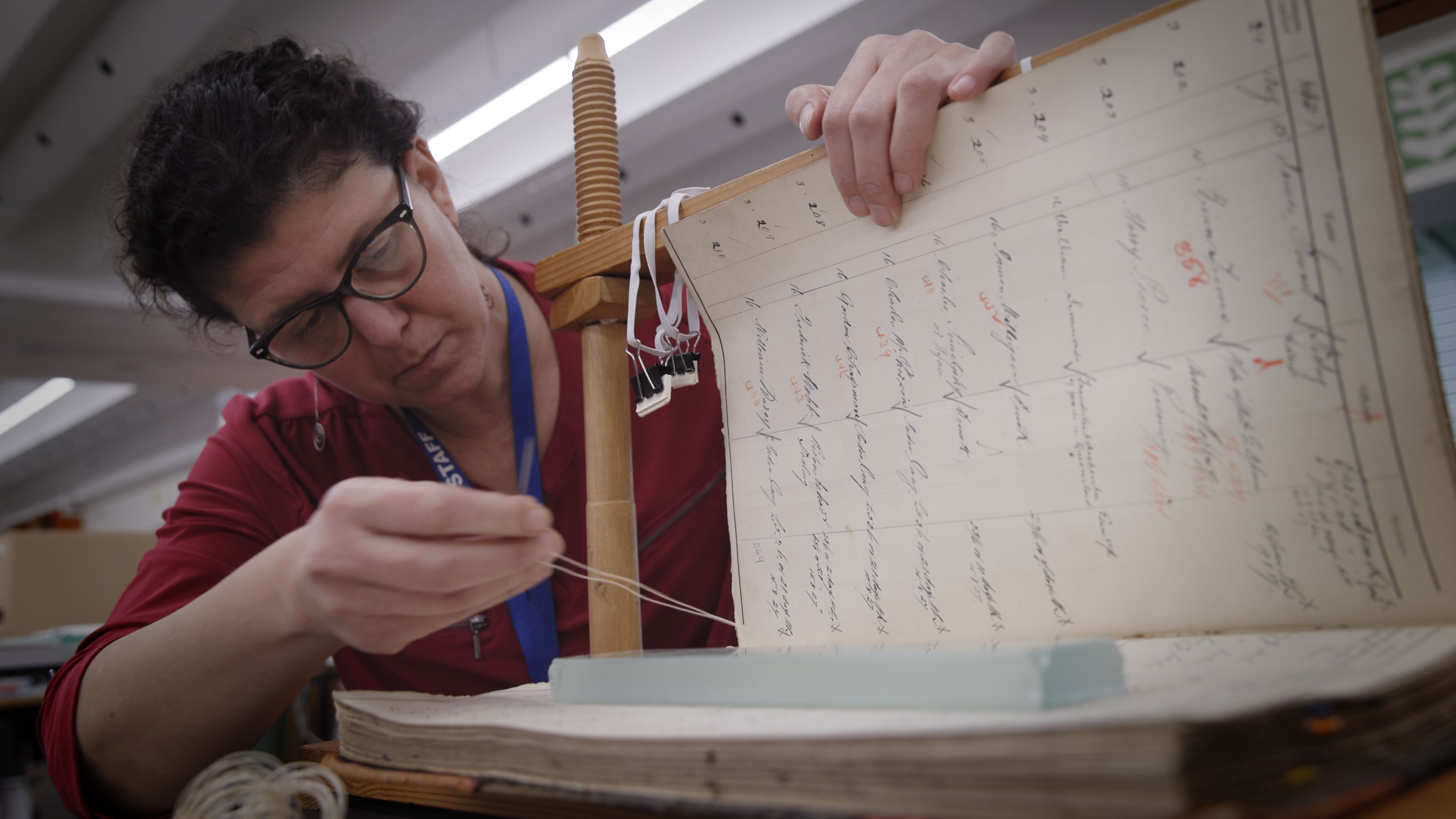
Conserving the archive
Supervising conservator Dominique Moussou talks through her work and some of the projects underway in the MHNSW conservation lab
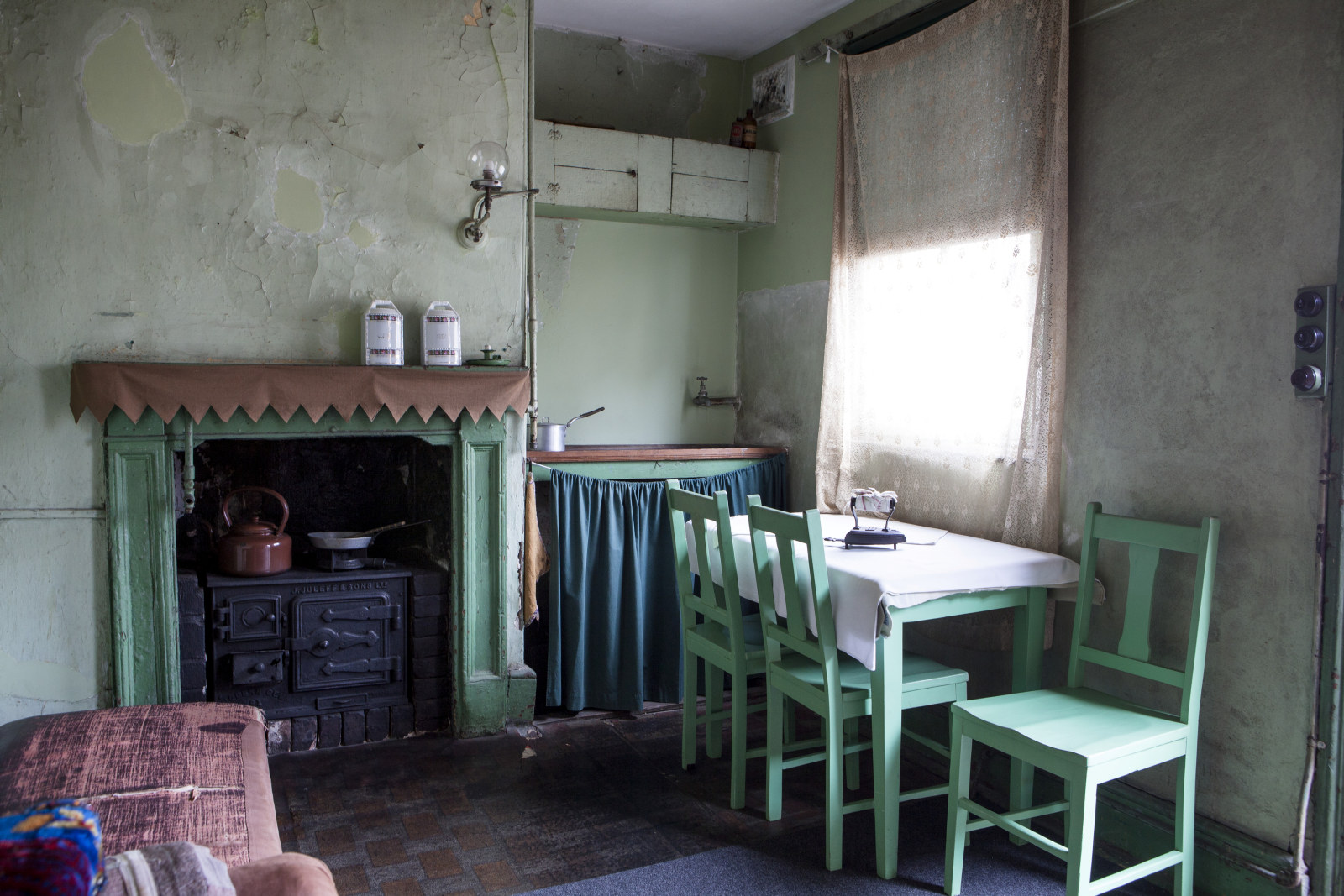
Conservation
Susannah Place conservation project
A behind-the-scenes look at some of the complex work that goes into conserving and preserving the fascinating Susannah Place Museum
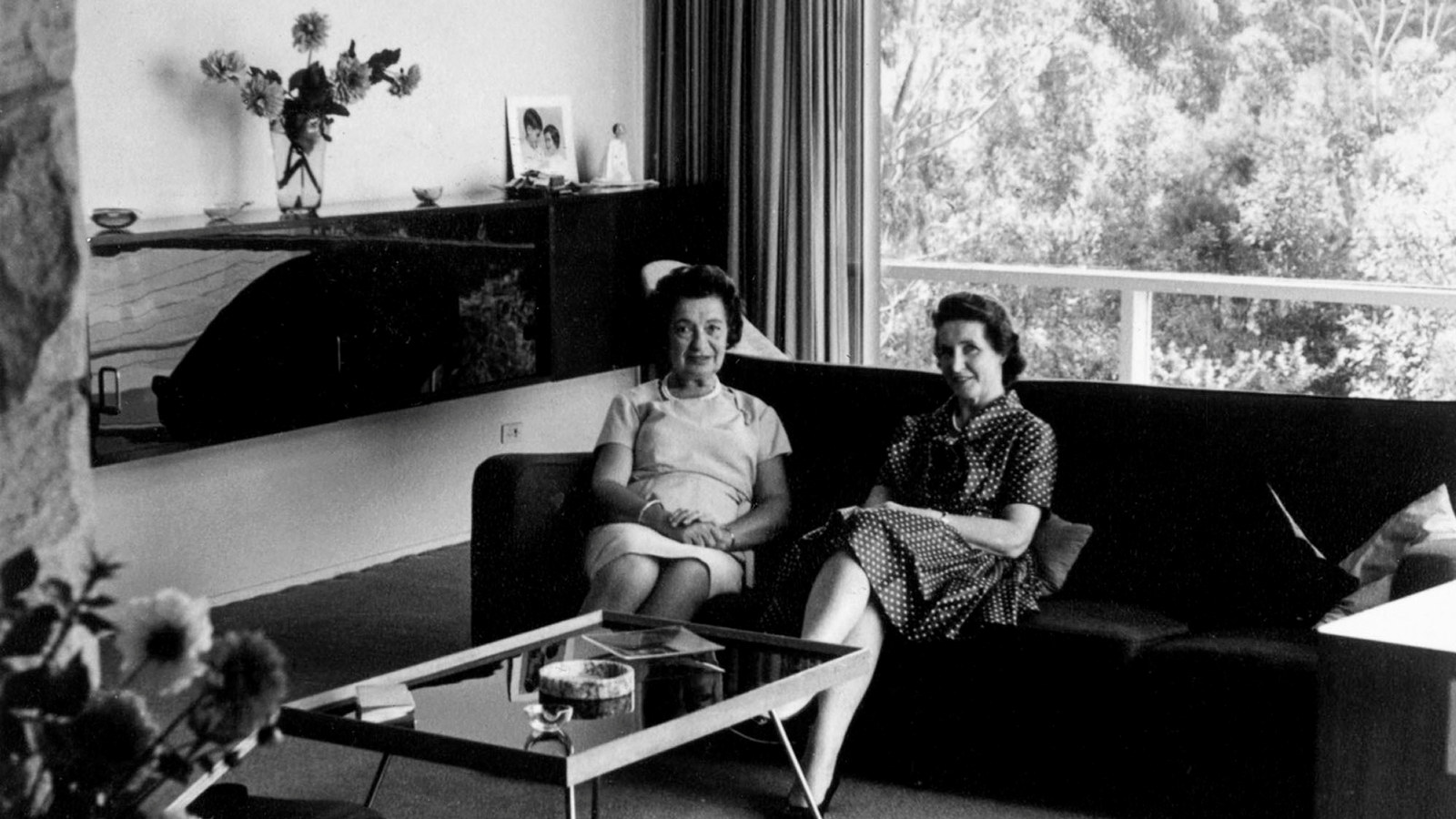
Conserving Harry Seidler’s sofa
A sofa Harry Seidler designed for Rose Seidler House was conserved and reupholstered, and the process revealed some unexpected findings
Stories about our places

Museum stories
A turbulent past
With its deep, shady verandahs and elegant symmetry, Elizabeth Farm is an iconic early colonial bungalow
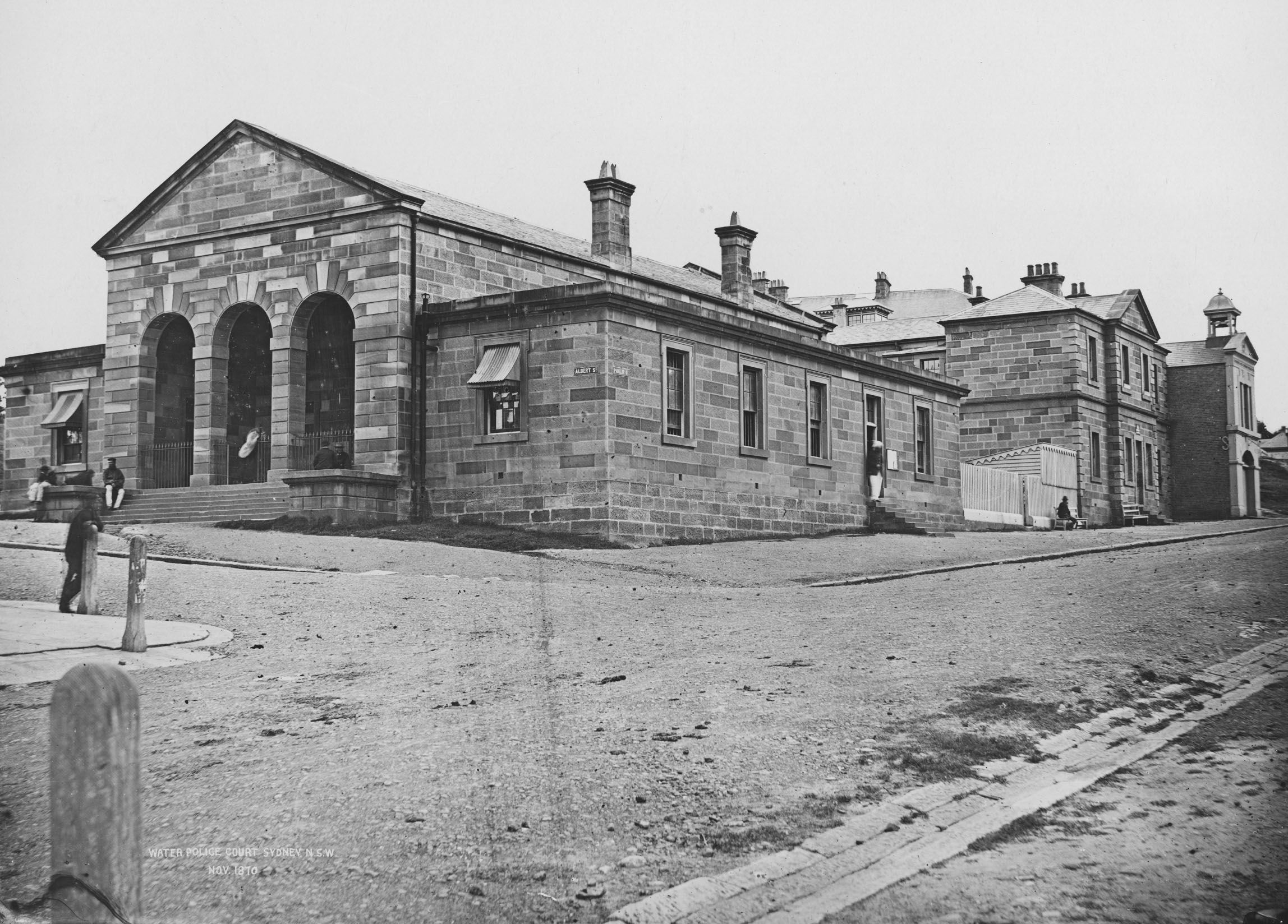
Museum stories
Gritty business
Immerse yourself in Sydney's chilling criminal past in this unique water-front museum of policing, law and disorder – with its grizzly collection of underworld weapons along with tales of mayhem and lawlessness, aptly described as an educational resource befitting a 'professor in crime'
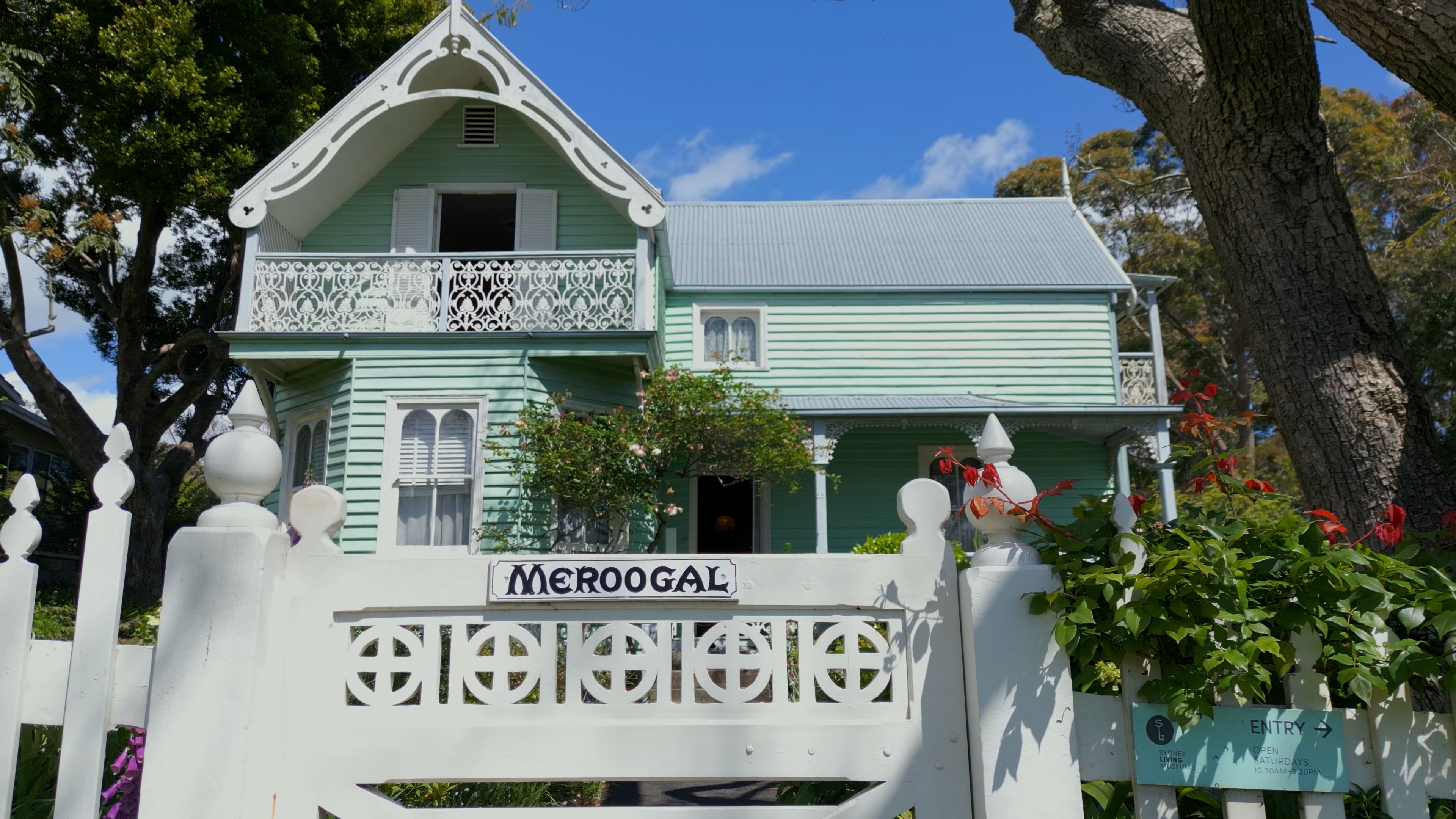
Museum stories
Make yourself at home
Meroogal became home to four generations of resilient and resourceful women, whose house was their livelihood as well as their home
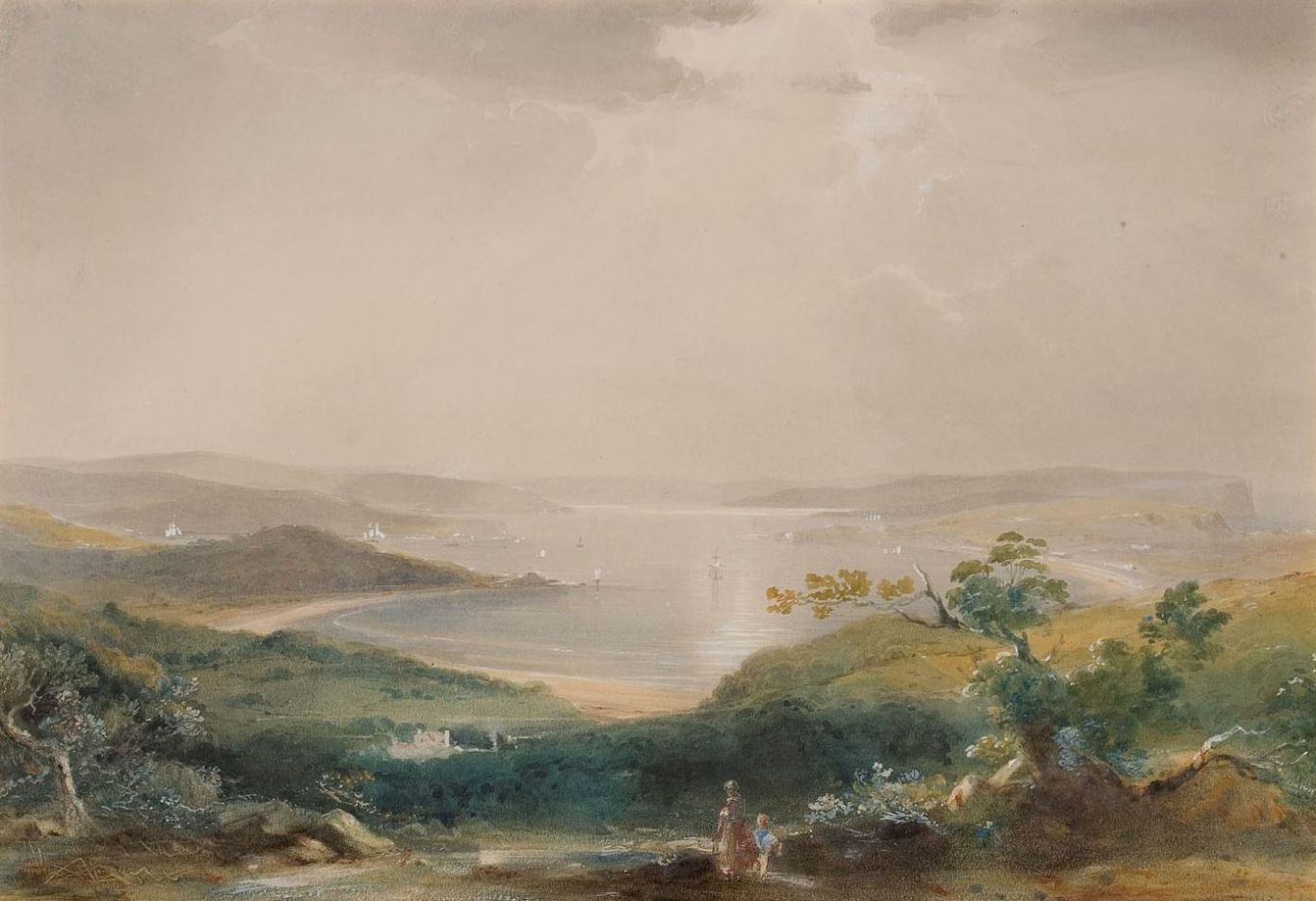
Museum stories
Not a lovelier site
‘There is not a lovelier site in the known world’, wrote the Sydney-born barrister and novelist John Lang about the Wentworth family’s estate of Vaucluse
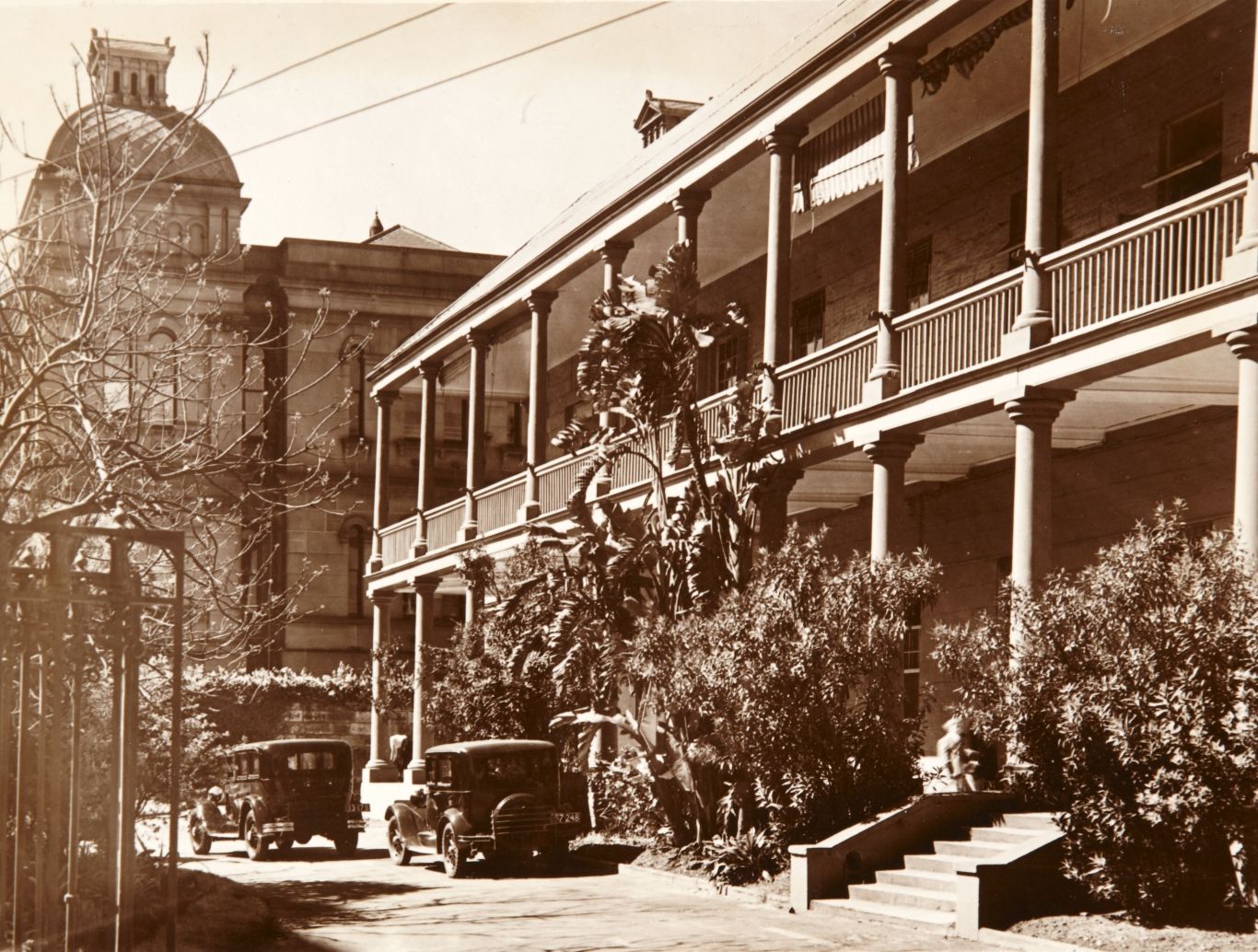
Museum stories
A rum deal
When Lachlan Macquarie began his term as governor of NSW in 1810, Sydney was in desperate need of a new hospital
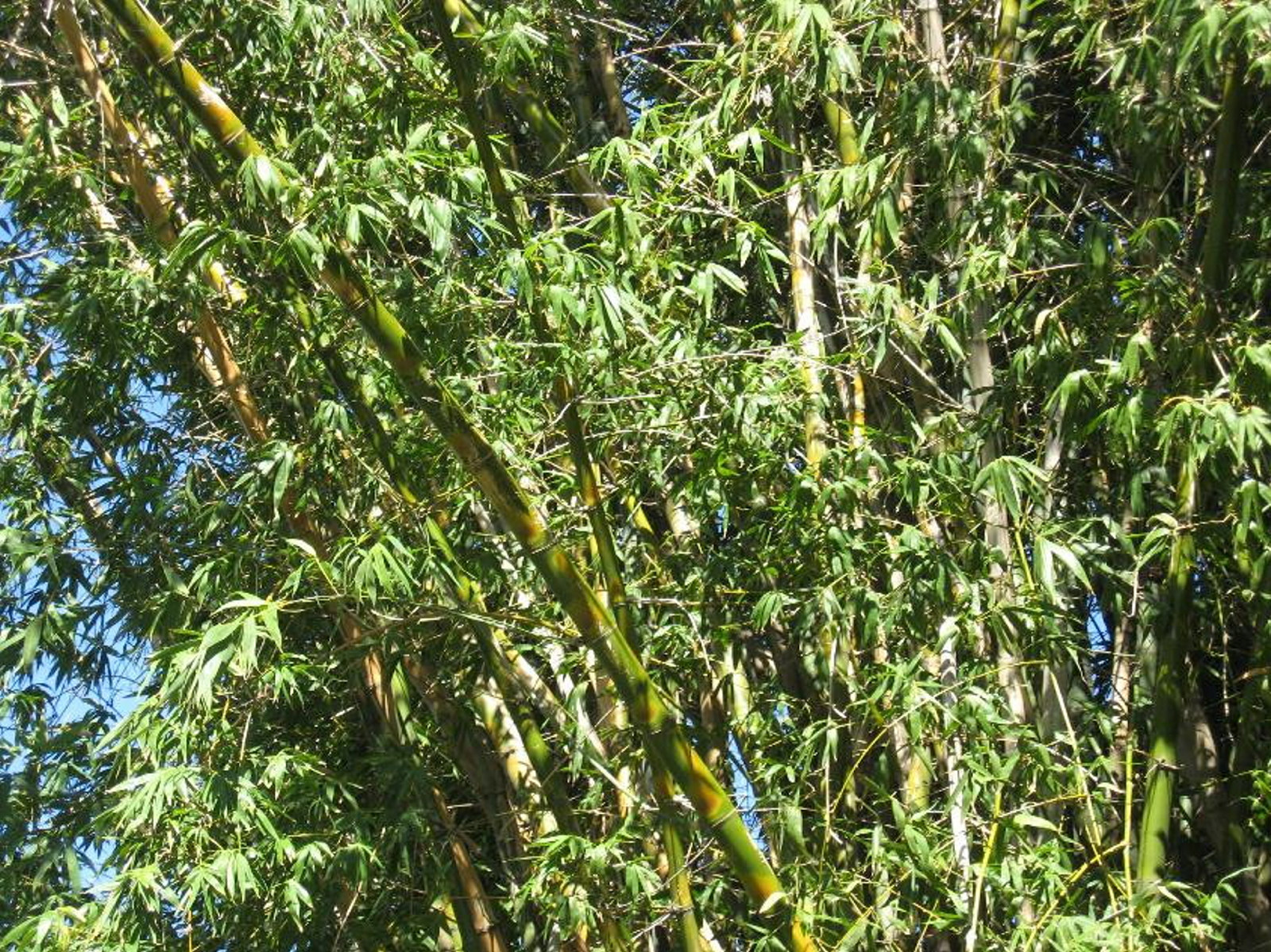
Plant your history
Beautiful bountiful bamboo
One of the most recognisable plants growing at Museums of History NSW today is bamboo. This colourful plant has a long history in colonial gardens